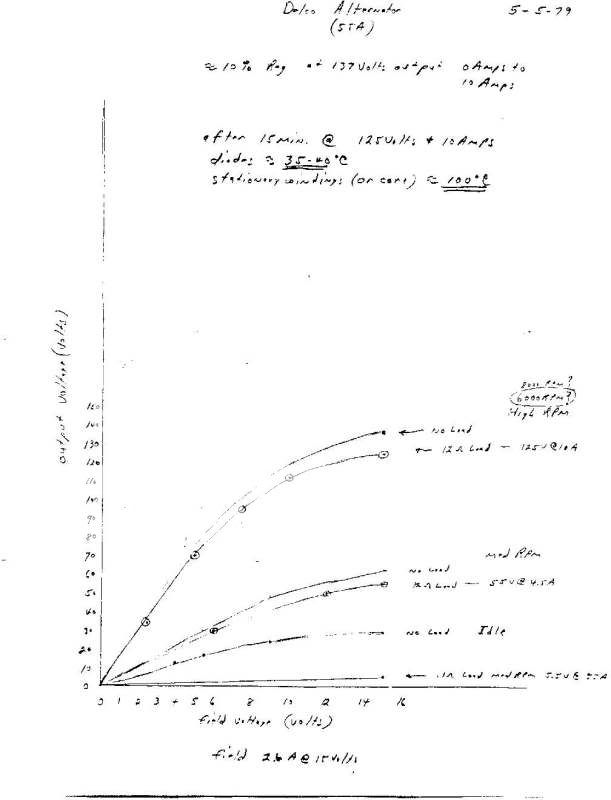For those of you that have followed this thread, here are today"s findings:
The distributor is 180 degrees out....so we moved the wires accordingly to put it back in time. The new coil I had bought wasn"t making a lot of spark, so my pal mounted an old, but good, 12 volt coil and the tractor fired right up!
For about 5 minutes and then quit.
Hmmm!
That coil was dead as a mackerel. In fact, when it died today, it acted just as it did when this problem started......run a minute or so and die.
I had a thought.....what if the alternator was charging wide open.....dumping totally unregulated voltage into the system.....could/would that kill a coil?
Obviously, I had to get another coil before the engine would start again and so, I did. I bought a new 12 volt UNballasted coil, added a ballast and fired her up. I checked the VOLTmeter and it was off the scale...buried to the right!
I unhooked the alternator and let the engine run off the battery and then stuck the fluke meter to the alternator....19.4 volts! I never even tried an amp reading.
So.....maybe I am wrong, but I think the alternator fried my first coil, fried the good old one we mounted this morning and would have fried the new one had I left the alternator hooked up.
Oh...have I ever noticed anything with the battery before....No. I think this alternator issue just started.....as in when the tractor first quit a few days ago and I have been busy trying to fix it ever since.
Whatever the reasons, the tractor runs fine now. Hot coil and plug wires put where they needed to be.
The distributor is 180 degrees out....so we moved the wires accordingly to put it back in time. The new coil I had bought wasn"t making a lot of spark, so my pal mounted an old, but good, 12 volt coil and the tractor fired right up!
For about 5 minutes and then quit.
Hmmm!
That coil was dead as a mackerel. In fact, when it died today, it acted just as it did when this problem started......run a minute or so and die.
I had a thought.....what if the alternator was charging wide open.....dumping totally unregulated voltage into the system.....could/would that kill a coil?
Obviously, I had to get another coil before the engine would start again and so, I did. I bought a new 12 volt UNballasted coil, added a ballast and fired her up. I checked the VOLTmeter and it was off the scale...buried to the right!
I unhooked the alternator and let the engine run off the battery and then stuck the fluke meter to the alternator....19.4 volts! I never even tried an amp reading.
So.....maybe I am wrong, but I think the alternator fried my first coil, fried the good old one we mounted this morning and would have fried the new one had I left the alternator hooked up.
Oh...have I ever noticed anything with the battery before....No. I think this alternator issue just started.....as in when the tractor first quit a few days ago and I have been busy trying to fix it ever since.
Whatever the reasons, the tractor runs fine now. Hot coil and plug wires put where they needed to be.


